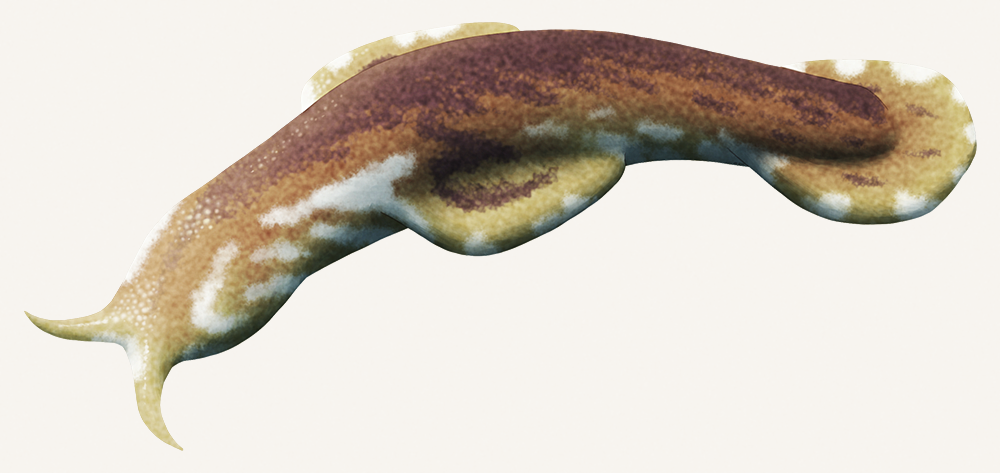Protostomes are the other major evolutionary branch of bilaterian animals, and by far the most numerous with over a million known modern species (and probably several times more than that still undiscovered). This lineage is distinguished from the deuterostomes based on both embryo development and genetic studies, with the two groups estimated to have shared a common worm-like ancestor sometime back in the Ediacaran Period.
For the rest of this month we’ll be featuring the spiralians, a branch of the protostomes that includes modern annelid worms, molluscs, and brachiopods. Meanwhile their cousins the ecdysozoans will be the focus of the entire second month of this series, later this summer, due to their incredibly rich Cambrian fossil record.
The earliest spiralians must have diverged from other protostomes more than 558 million years ago, if Kimberella and Namacalathus really were early members of the group, but more definite fossils only appear at the start of the Cambrian (~541 million years ago) with protoconodont “teeth” – once thought to be from early vertebrates, but now recognized as probably being jaw elements from a group of spiralians known as gnathiferans.
Continue reading “Cambrian Explosion Month #18: Stem-Gnathifera”
